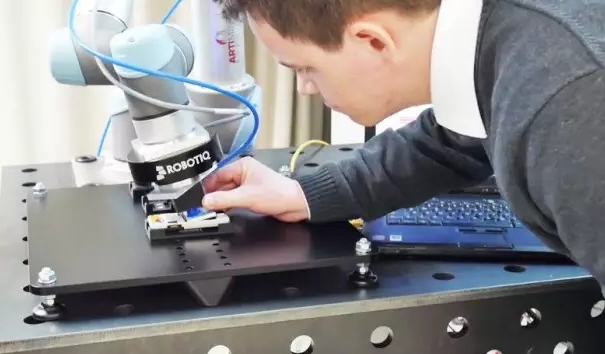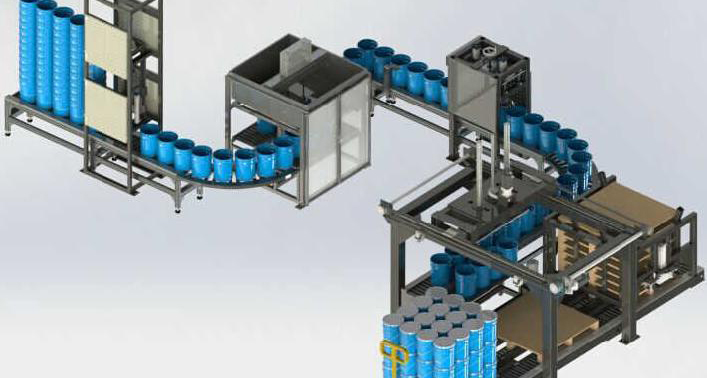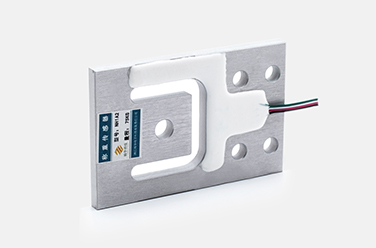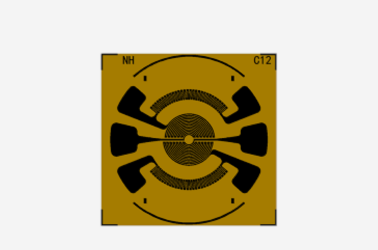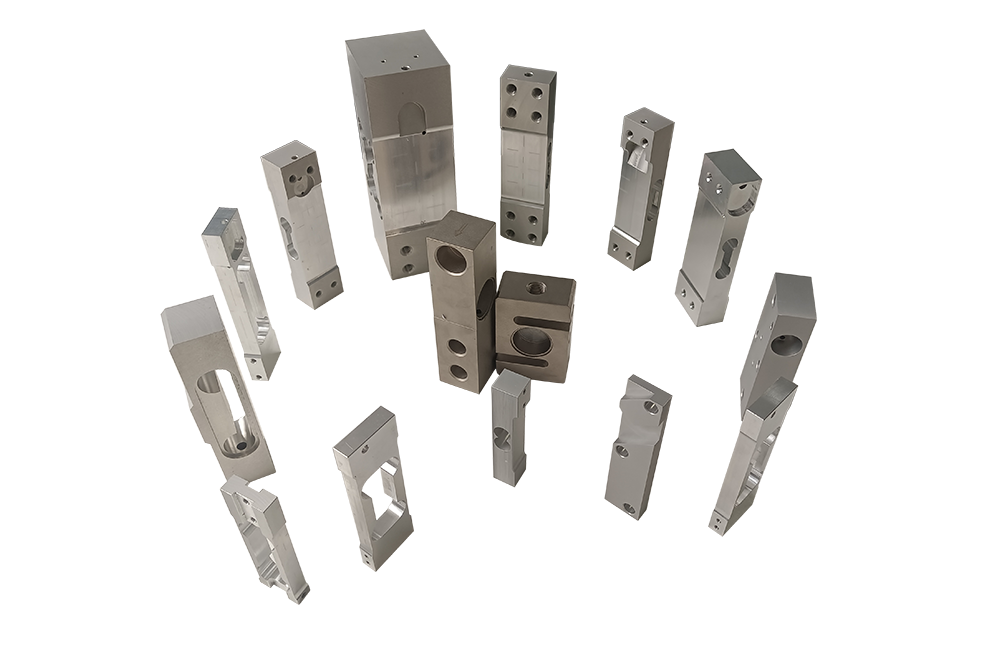Problems and solutions in the use of strain gauges
1, zero shift
We know that the easiest and most difficult to control in strain gauge applications is zero drift, which is affected by various factors The following we will analyze in detail.
(1) The influence of insulation resistance
Insulation resistance is an important electrical performance index of strain gauges. The most direct measure of its size is the zero drift of the strain gauge. The so-called insulation resistance is the resistance between the strain gauge's sensitive grid and the measured component or elastomer. If the insulation strength is reduced or lower, there will be leakage current between the sensitive grid and the component or between the elastomer, which will affect the strain. The zero point stability of the meter is drift. So what are the factors that cause this problem, and how to solve it, we are more concerned about it.
The strain gauge is not cleaned or cleaned after welding, which causes the insulation strength to decrease. The main reason is the presence of flux during welding, and flux is generally a material with good activity and good wettability, which is conducive to the combination of solder and solder end, but it is also an ionic object. If it is not cleaned or not thoroughly, cations will be Migration causes the insulation strength to fail to meet the requirements.
Due to the leakage of the soldering iron or the excessively high temperature and too long time when the strain gauge is soldered, it will cause the breakdown of the strain gauge substrate and cause the insulation strength decline. In response to this problem, when using a soldering iron, it must be tested to ensure the insulation strength of the soldering end to avoid breakdown or damage to life; when soldering, ensure that the temperature does not exceed 350 ℃, and multiple soldering in a short time to avoid Dissimilation breakdown occurs at the bottom.
The strain gauge is damp and the insulation strength decreases. This phenomenon is mainly caused by poor protection during the use of strain gauges or excessive environmental humidity during use. This drift is similar to A. Therefore, during the application process, the environmental humidity must be controlled within 60%; during application The strain gauge must be protected to avoid water vapor intrusion and affect the stability of the strain gauge
The strain gauge is pierced, causing the insulation strength to decrease. This problem is mainly formed during the patch or bridge assembly process, such as a hard object holding the strain gauge or component, burrs, scratches on the surface of the elastomer, etc., piercing the strain gauge, or the soldering iron tip is too sharp to pierce the strain gauge during welding, etc. .
(2) Impact caused by patch defects
This problem is mainly formed during the patching process.
A. There is a void phenomenon after the patch, which causes the zero point of the strain gauge to drift. This phenomenon is mainly manifested in the light inspection, you will find that there is a foreign body sensation on the back of the strain gauge base, and the strain gauge will change when a soft object is used to apply force to the strain gauge. When it is removed, the resistance value of the strain gauge will change. The resistance will recover soon. However, due to the void, the local heat increases when the strain gauge is energized, and the thermal drift is caused.
B. The adhesive layer is too thick during patching or there are gum ridges and bulges after patching, which causes the strain gauge zero point drift. This phenomenon is mainly manifested in the sense of layering on the back of the strain gauge, more glue residue around it, and glue edges and bulges after curing. The main reason for this phenomenon is that the surface of the component is not cleaned, there are particles, the glue is unevenly applied, or the glue is too much.
(3) The floating gate or sealing layer of the strain gauge is lifted off, causing the zero point of the strain gauge to drift
A, strain gauge floating grid. The main manifestation is that when observing the strain gauge with side light, it is found that there are needle-shaped bright spots on the surface of the strain gauge or it is sensitive and distorted when observed with a microscope. This problem may be caused by excessive environmental humidity or excessive water content of the cleaning solvent, causing the strain gauge to become damp.
B. The sealing layer is off. The main manifestation is that part or all of the sealing layer is taken up. The main reason for this problem is that the adhesion between the sealing layer and the sensitive grid is not enough, which causes uneven heat dissipation of the sensitive grid.
2. The resistance value is abnormal after patching
Under normal circumstances, the resistance of the strain gauge will change slightly or remain unchanged after the The factors of this problem are as follows
(1) Excessive pressure during pressurization and curing will cause abnormal resistance after patching. Reduce the pressure appropriately. It is recommended The pressure is 0.1Mpa-0.3Mpa.
(2) Uneven pressure during pressurization causes deformation of the strain gauge’s sensitive grid and abnormal resistance. This is a problem The main reason is that the pressure fixture is not standardized, which causes the strain gauge to receive uneven force.
(3) The radius of curvature of the tooling design does not match the component, causing strain gage deformation or bulging
(4) After using for a period of time, the resistance value is abnormal. This problem is mainly caused by bubbles inside the strain gauge or individual voids or unreliable welding factors.
Surface defects after placement
From the foregoing content, it can be seen that the main defects of the patch are void, bulging, and uneven adhesive layer. The pit can be used as long as it is not in the stressed part of the sensitive grid. In view of these deficiencies, the defective ones are removed and the quality of the patch is guaranteed. At the same time, check the resistance and insulation resistance.




